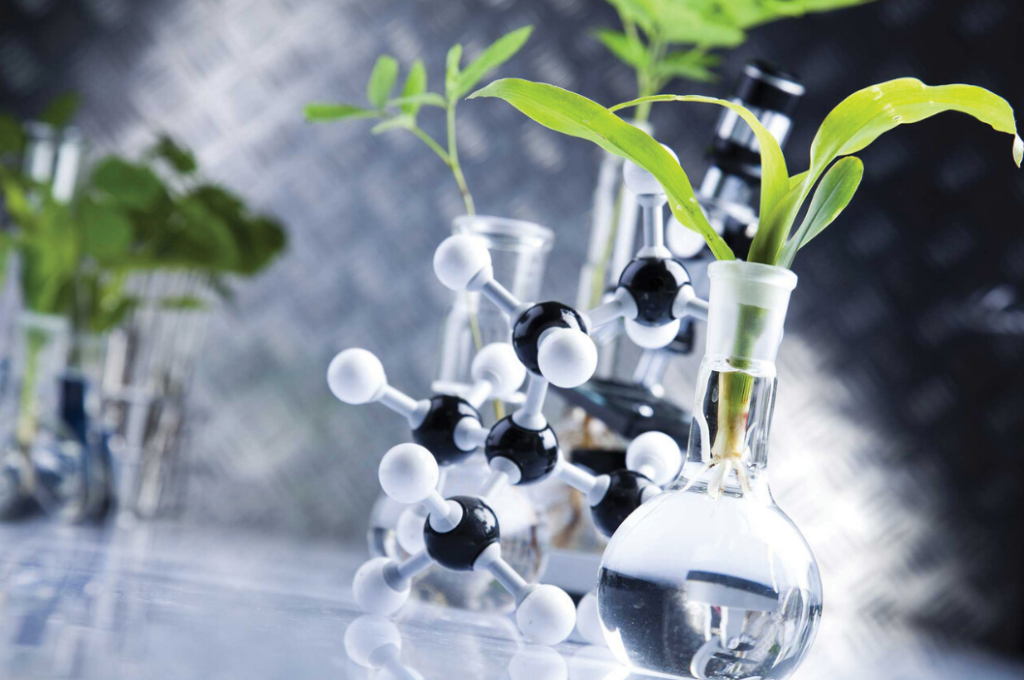The bioplastics industry, though long-established, experienced a downturn in the 2010s. Companies in this sector faced bankruptcy or abandonment, and the industry’s development stagnated. This predicament was attributed to over-optimistic initial investments that backfired, coupled with severe bottlenecks in the expansion of commercial production. Moreover, the relatively high prices of bioplastics, compared to the then-cheap oil prices, made them less competitive, further exacerbating the industry’s decline.

Recently, however, the bioplastics industry has started to turn a corner, with growth momentum gradually reviving. A significant driving force behind this change is the push from branded companies towards sustainability. On one hand, consumer demand for sustainable products is on the rise; on the other hand, governments worldwide are implementing regulations to restrict the use of fossil-based single-use plastics, providing policy support for the development of bioplastics. The IPCC report and the COP28 conference have further prompted branded companies to accelerate their decarbonization commitments.
Driven by strong demand, bioplastics manufacturers are expanding their production capacities rapidly, forming partnerships to jointly promote industry expansion. Advancements in technology have also gradually reduced the production costs of bioplastics, making commercial-scale production feasible. Consumers are willing to pay extra for sustainable bioplastics, which further enhances their market competitiveness.
In addition, regulatory changes have cleared the way for the development of bioplastics. The Chinese government’s measures to restrict the use of petrochemical-based single-use plastics have directly fueled the rapid growth of biodegradable bioplastics like PLA in the Chinese market. Other governments globally are following suit, exploring and implementing similar measures to promote the widespread application of bioplastics in single-use products.
The key to bioplastics’ disruptive innovation in the plastics industry lies in their biodegradable raw material characteristics. Manufacturers can easily switch from petrochemical-based raw materials to bio-based ones by introducing biological feedstocks, without the need to build new factories, while maintaining the same production processes and final product properties. The incorporation of bio-based feedstocks also enhances the sustainability of plastic products, making bioplastics a more acceptable substitute in the plastic market. With these strong advantages, bioplastics are gradually carving out a niche in the plastics market.
November 20, 2024 – Despite the growing global awareness of plastic pollution, the demand for plastics continues to climb. According to OECD projections, global plastic consumption is expected to double by 2050. Facing the environmental pressures and climate challenges posed by plastics, the industry is actively transitioning towards a circular economy model. However, even if all plastics could be recycled at a 100% rate, new raw materials would still be needed to meet the ever-increasing consumer demand. This is where bioplastics, low-carbon emission alternatives synthesized from bio-based materials, are starting to shine.
The bioplastics industry, though long-established, experienced a downturn in the 2010s. Companies in this sector faced bankruptcy or abandonment, and the industry’s development stagnated. This predicament was attributed to over-optimistic initial investments that backfired, coupled with severe bottlenecks in the expansion of commercial production. Moreover, the relatively high prices of bioplastics, compared to the then-cheap oil prices, made them less competitive, further exacerbating the industry’s decline.
Recently, however, the bioplastics industry has started to turn a corner, with growth momentum gradually reviving. A significant driving force behind this change is the push from branded companies towards sustainability. On one hand, consumer demand for sustainable products is on the rise; on the other hand, governments worldwide are implementing regulations to restrict the use of fossil-based single-use plastics, providing policy support for the development of bioplastics. The IPCC report and the COP28 conference have further prompted branded companies to accelerate their decarbonization commitments.
Driven by strong demand, bioplastics manufacturers are expanding their production capacities rapidly, forming partnerships to jointly promote industry expansion. Advancements in technology have also gradually reduced the production costs of bioplastics, making commercial-scale production feasible. Consumers are willing to pay extra for sustainable bioplastics, which further enhances their market competitiveness.
In addition, regulatory changes have cleared the way for the development of bioplastics. The Chinese government’s measures to restrict the use of petrochemical-based single-use plastics have directly fueled the rapid growth of biodegradable bioplastics like PLA in the Chinese market. Other governments globally are following suit, exploring and implementing similar measures to promote the widespread application of bioplastics in single-use products.
The key to bioplastics’ disruptive innovation in the plastics industry lies in their biodegradable raw material characteristics. Manufacturers can easily switch from petrochemical-based raw materials to bio-based ones by introducing biological feed stocks, without the need to build new factories, while maintaining the same production processes and final product properties. The incorporation of bio-based feed stocks also enhances the sustainability of plastic products, making bioplastics a more acceptable substitute in the plastic market. With these strong advantages, bioplastics are gradually carving out a niche in the plastics market.














